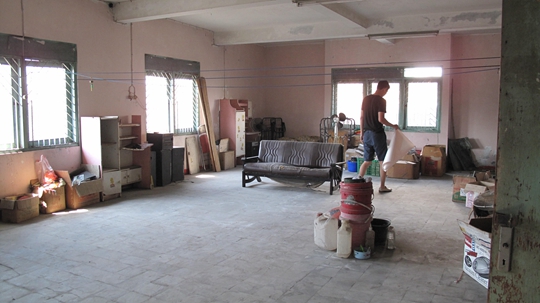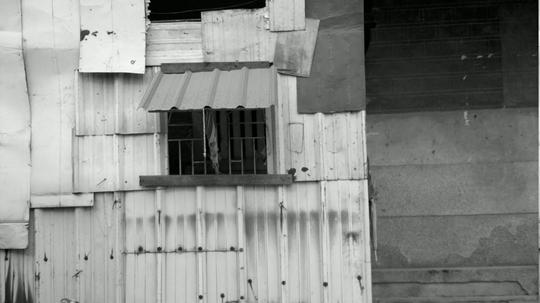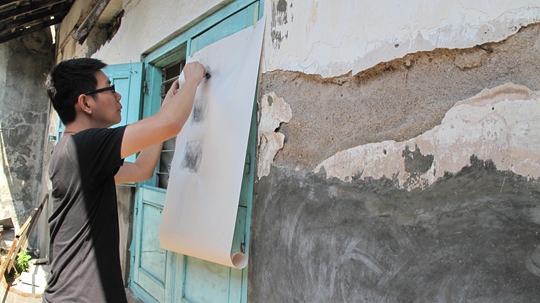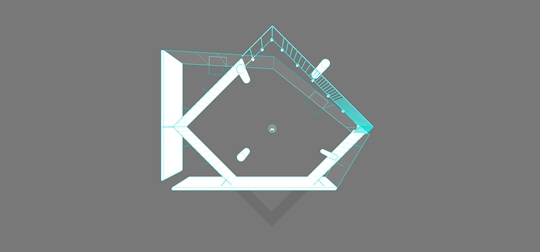BOEDI WIDJAJA: BLACK-HUT
| January 10, 2017 | Post In LEAP 42

Photo: Audrey Koh
The first hint of something a little unusual afoot in this exhibition is the extrusion of a grid-like, metallic structure from the bounds of the gallery proper, an effect made doubly jarring in setting of the fishbowl-crossed-with-a-white-cube galleries found at ICAS. Black-Hutis a solo presentation by BoediWidjaja, the Indonesian-born, multi-disciplinary artist generally associated with explorations of drawing, mark-making, and concerns of identity within the Chinese diaspora.

Photo: Boedi Widjaja
Yet none of these subjects seem to bear any explicit relationship with the work, though perhaps the allusions to Widjaja’s ancestral home in China and childhood home in Indonesia in the exhibition notes leave a subtler, more lasting impression. As an affiliate project of the Singapore Biennale, an immediate correspondence that springs to mind is Debbie Ding’s Shelter (2016), a standardized residential bomb shelter displaced into a museum setting. Another link might be found in Black-Hut’s sister exhibition, “The world precedes the eye,” which uses an “opened-out” exhibition structure featuring open-backed partitions which both enclose and divide its space.
What appears to be the conventional approach to experiencing Black-Hut consists of entering the gallery through a regular entrance, which contains only the rear of a false wall, and a gallery staff member—who prompts you to pass through the metallic grid, and into the gallery proper. It’s as if the notional wireframe of the gallery walls was detached, rotated some number of degrees, and then rendered in steel.

Photo: Audrey Koh
Within the main space of the gallery, these wireframes coalesce into walls that are largely matte black, with a grainy texture scattered with flecks of light. As you turn clockwise, there’s a linear progression of sorts in these textures, from smooth to something akin to a heavy impasto. On its own, the progression of this customized, friable concrete falls a little flat, but chance supplies a counterpoint—portions of the external metal frame are exposed to the rain (quite a feat for a basement gallery), developing a soft bloom of rust over the exhibition’s span. The gallery proper is also activated, in a sense, by the inclusion of a haunting, ambient soundscape, deeply suggestive of hollowness and alienation. Despite the sparseness of detail, the installation as a whole nevertheless rewards a patient, even meditative perception of itself, an effect largely enhanced by its spatial engagement with the gallery’s structure—and boasting a pocket of near isolation for the viewer.

Courtesy the artist
Black-Hut
Institute of Contemporary Arts Singapore (ICAS)
October 28 – February 1, 2017

